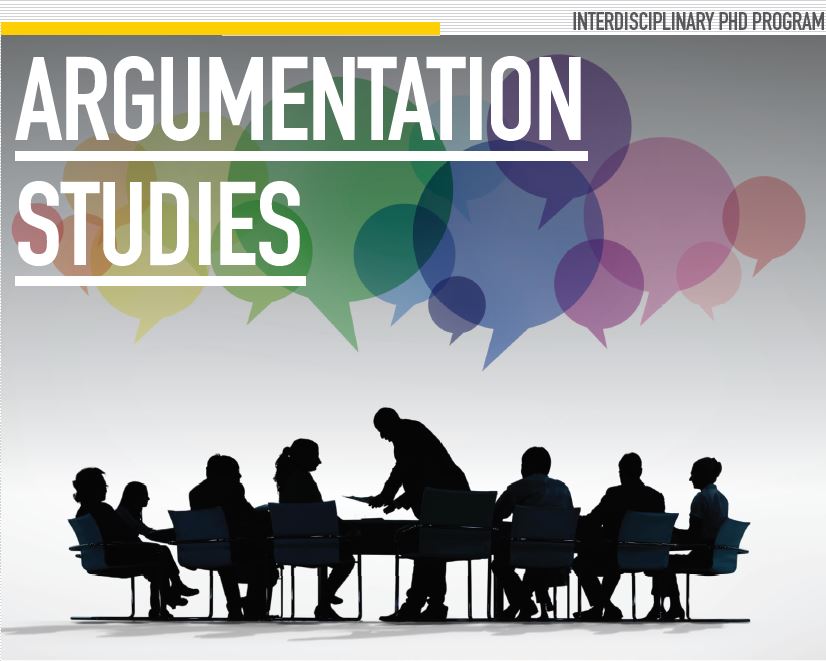Location
Brock University
Document Type
Paper
Start Date
15-5-1997 9:00 AM
End Date
17-5-1997 5:00 PM
Abstract
In this paper we compare central elements of Dialogue Logic and Belief Revision theory. Dialogue Logic of the Hamblin/Mackenzie style, or Formal Dialectic, contains three main features. First, there is a rule governed interaction between dialogue participants—the minimal case being two participants. Second, each participant has a commitment store which changes as the dialogue progresses. Third, the changes in the commitment store are governed by rules for additions and withdrawals of material. Withdrawal of material is one major source of difficulty in proposing rules for commitment store change. The classic Belief Revision theory is the AGM (Alchourrón, Gärdenfors and Makinson) theory. AGM theory is a theory about ideal rational believers who change their sets of beliefs by either expansion or contraction. Contraction is a major source of difficulty in belief revision theory. We claim that the commitment stores of dialogue logic include, in a sense, the belief sets of belief revision theory. Further, withdrawal and contraction are essentially the same process. We consider various kinds of withdrawal and contraction, and show how approaches to these processes illuminate certain of the formal fallacies.
Creative Commons License

This work is licensed under a Creative Commons Attribution 4.0 International License.
Response to Submission
John Woods, Commentary on Girle
Reader's Reactions
John Woods, Commentary on Girle (May 1997)
Included in
Belief Sets and Commitment Stores
Brock University
In this paper we compare central elements of Dialogue Logic and Belief Revision theory. Dialogue Logic of the Hamblin/Mackenzie style, or Formal Dialectic, contains three main features. First, there is a rule governed interaction between dialogue participants—the minimal case being two participants. Second, each participant has a commitment store which changes as the dialogue progresses. Third, the changes in the commitment store are governed by rules for additions and withdrawals of material. Withdrawal of material is one major source of difficulty in proposing rules for commitment store change. The classic Belief Revision theory is the AGM (Alchourrón, Gärdenfors and Makinson) theory. AGM theory is a theory about ideal rational believers who change their sets of beliefs by either expansion or contraction. Contraction is a major source of difficulty in belief revision theory. We claim that the commitment stores of dialogue logic include, in a sense, the belief sets of belief revision theory. Further, withdrawal and contraction are essentially the same process. We consider various kinds of withdrawal and contraction, and show how approaches to these processes illuminate certain of the formal fallacies.

